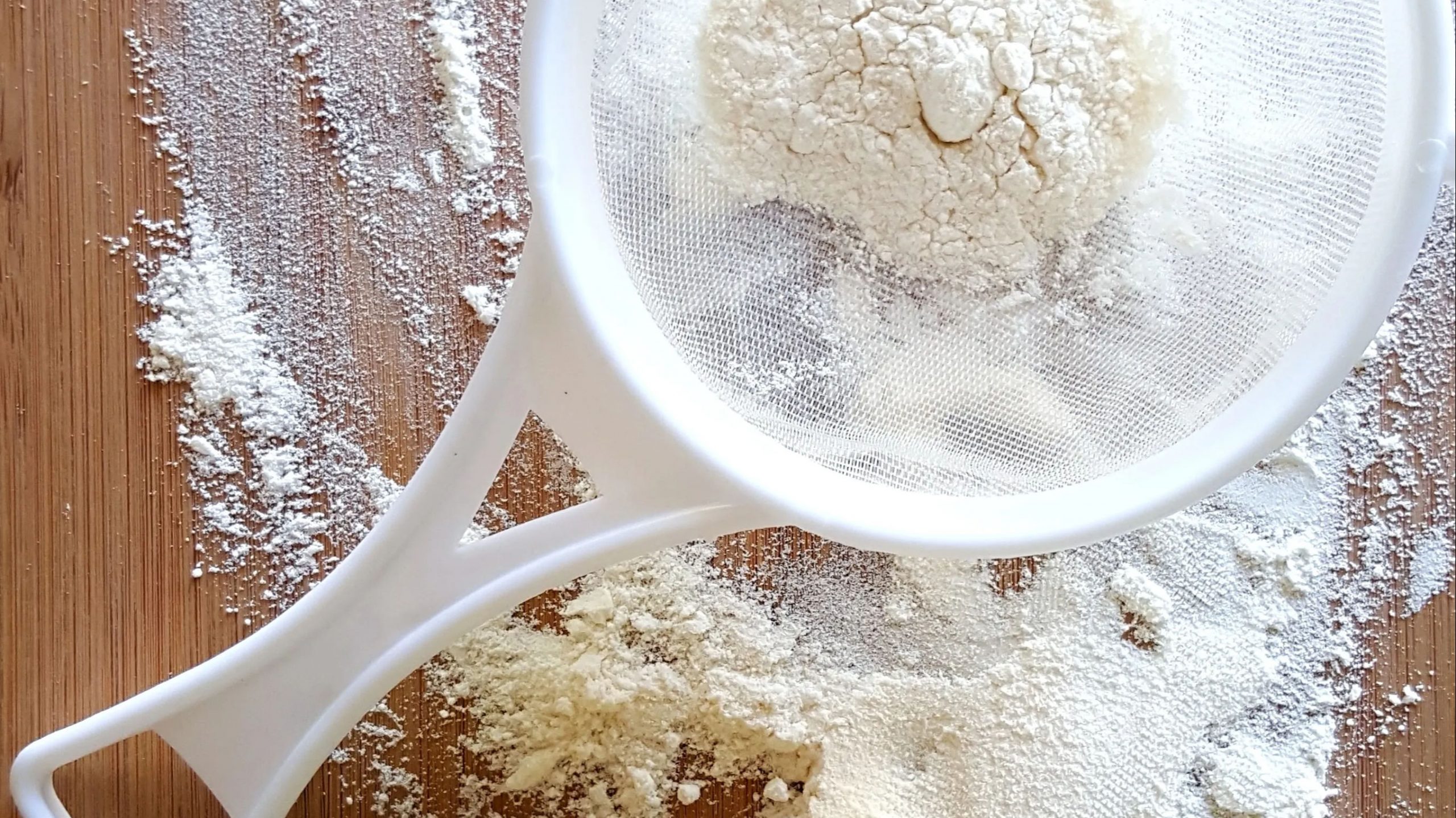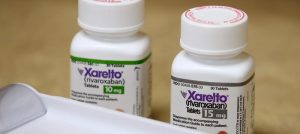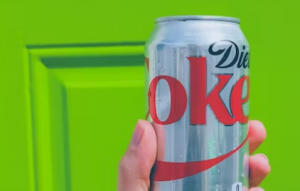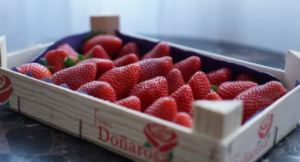The festival
season can become an opportunity for food adulterers. Pulses, ghee, gram
flour, mawa and paneer are particularly prone to being adulterated. This
phenomenon is aided by the fact there is no provision for strict legal action
against food adulterers. Even after the implementation of the Food Safety
Act, 2011, food adulteration in the country has not declined significantly.
Also Read: What can 4 seconds of exercise do to your body? Results may shock you
A large
quantity of gram flour is sold during festivals in order to make many
special dishes. There is large scale adulteration of gram flour during
festivals.
The Food
Safety and Standards Authority of India (FSSAI) has shared on its Twitter
handle a method to identify adulterated gram flour. According to the
FSSAI, flour made from khesari dal is mixed with gram flour. In order to spot
adulteration here is what the FSSAI suggests.
Also Read: Govardhan Puja 2021: Auspicious time, significance and puja vidhi of this festival
Take 1 gm of
gram flour in a test tube. Add 3 ml of water. Now add 2 ml of
concentrated hydrochloric acid to the solution. Shake the test tube well.
If the gram
flour is pure, the solution will not change colour. If a pinkish colour
appears on the surface of the solution, it means that the flour has been
adulterated.
Another way
to check gram flour is adulterated or not, you can take two spoons of gram
flour and add two spoons of lemon juice to it. Then, add 2 teaspoons of
hydrochloric acid to it. Let it remain like this for some time. After a while,
if the gram flour turns red or brown i.e. gray color, then it means that the
gram flour is fake.
Also Read: Chhoti Diwali 2021: Auspicious time, puja vidhi and significance of this festival
It is said
that many people are selling corn flour mixed with gram flour. Even the matter
of adding wheat flour to it has also come to the fore. According to the
information, under the guise of profit, all the profiteers adulterate 25
percent gram flour with up to 75 percent semolina, peas, rice powder, maize and
khesari flour and artificial colours. In such a situation, people are not able
to identify the real and fake gram flour.







